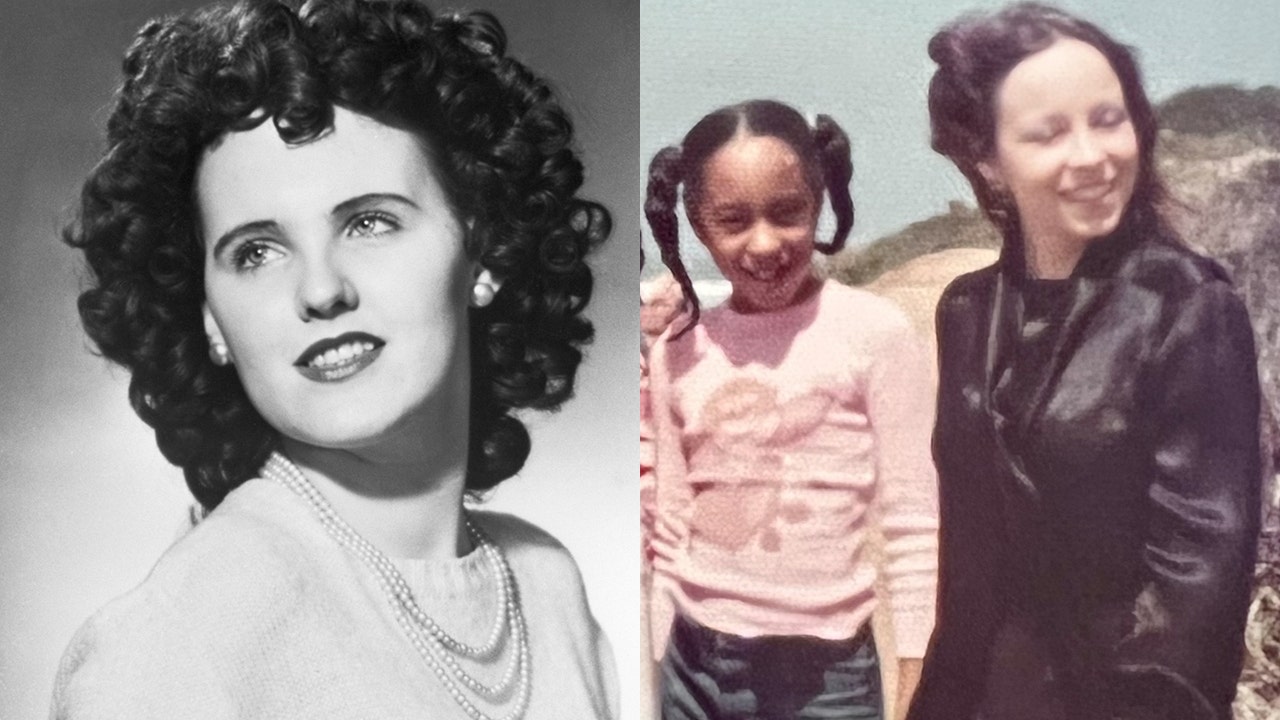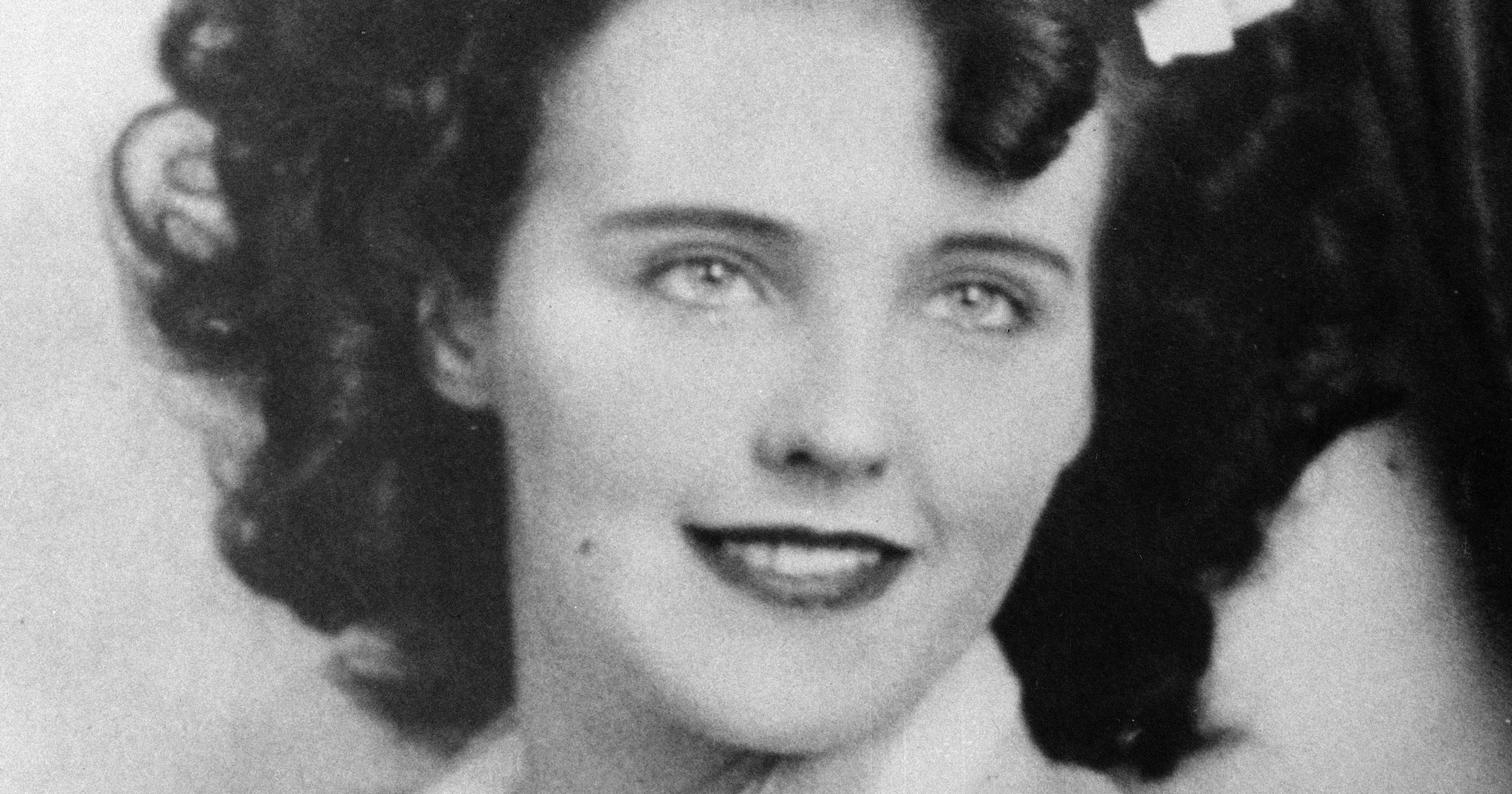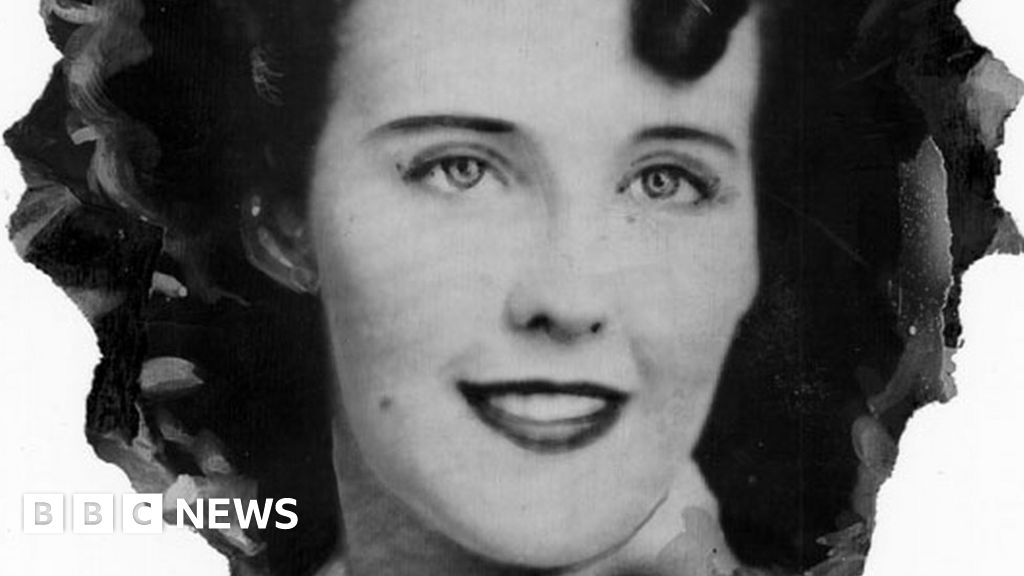The Enigma Of The Black Dahlia: A Deep Dive Into One Of History's Most Infamous Unsolved Murders
The Black Dahlia murder case stands as one of the most captivating and unsolved mysteries in American history. This chilling story of Elizabeth Short, whose brutal murder shocked Los Angeles in 1947, continues to intrigue true crime enthusiasts and investigators alike. The haunting details of the crime, combined with the lack of closure, have fueled countless theories and investigations, cementing its place as a cornerstone of crime history.
Throughout history, there have been numerous high-profile murder cases, but the Black Dahlia murder stands out due to its gruesome nature and enduring mystery. Elizabeth Short's tragic fate not only shed light on the darker side of post-war America but also became a powerful symbol of the dangers women faced in a rapidly evolving society. Her story remains a poignant reminder of the challenges faced by those who dared to pursue their dreams in a world often hostile to their ambitions.
In this comprehensive article, we delve into every aspect of the Black Dahlia murder, offering readers a deeper understanding of the case's significance and its lasting impact on true crime lore. By exploring crime scene details, historical context, and the relentless pursuit of justice, we aim to illuminate one of the most haunting unsolved mysteries of our time. Join us as we uncover the layers of this tragic tale and explore its profound cultural significance.
- Discovering Sunny Andersons Husband A Journey Through Love And Success
- Exploring The Fascinating Life Of Jackie Tohn And Her Husband Cm Punk
Table of Contents
- The Life and Times of Elizabeth Short
- An Analysis of the Crime Scene
- The Historical Context of the Black Dahlia Murder
- A Comprehensive Overview of the Investigation
- Key Suspects in the Black Dahlia Case
- Public Reaction and Media Sensationalism
- Forensic Analysis: Then and Now
- Unveiling the Mind of the Killer
- The Cultural Legacy of the Black Dahlia Murder
- Conclusion: Reflections on an Unsolved Mystery
The Life and Times of Elizabeth Short
Early Life and Personal Details
Elizabeth Short, forever immortalized as the "Black Dahlia," was born on July 29, 1924, in Boston, Massachusetts. Her life was a tapestry of challenges and aspirations, leading her to the glitz and glamour of Los Angeles, where her tragic fate awaited. Below is a glimpse into her personal details:
| Full Name | Elizabeth Short |
|---|---|
| Date of Birth | July 29, 1924 |
| Place of Birth | Boston, Massachusetts |
| Occupation | Aspiring Actress |
| Date of Death | January 15, 1947 (approximate) |
| Place of Death | Leimert Park, Los Angeles |
Aspirations and Movements
Elizabeth Short's journey to Los Angeles was driven by her dream of becoming an actress, a goal that reflected the allure of Hollywood during the post-war era. Her beauty and charm earned her the nickname "Black Dahlia," a moniker that would tragically define her legacy. Despite her short-lived presence in the entertainment capital, her impact on true crime history remains indelible.
An Analysis of the Crime Scene
On January 15, 1947, the world was introduced to the chilling reality of the Black Dahlia murder when Elizabeth Short's body was discovered in a vacant lot in Leimert Park, Los Angeles. The condition of her body and the manner in which it was posed left an indelible mark on the city and its residents. Her body was found in two halves, severed at the waist, with grotesque mutilations that shocked investigators and the public alike.
- Discover The Inspiring Journey Of Korina Longin A Rising Star In The Modeling World
- Unveiling The Forgotten Splendor Of The Kingdom Of Fulvi
- The body was positioned in a provocative pose, with her hands above her head, suggesting a calculated and deliberate act.
- Her face bore a grotesque grin, with cuts extending from ear to ear, a signature mark believed to be the work of the killer.
- Remarkably, no blood was found at the scene, leading investigators to conclude that the murder took place elsewhere and the body was transported to the vacant lot.
The Historical Context of the Black Dahlia Murder
The Black Dahlia murder occurred during a transformative period in American history, as Los Angeles experienced rapid growth and change in the post-war era. The city's burgeoning entertainment industry and influx of new residents created an environment of opportunity and danger. Elizabeth Short's murder highlighted the darker side of this era, where women, especially those seeking fame, faced significant risks in a society grappling with change.
A Comprehensive Overview of the Investigation
Initial Steps and Challenges
The investigation into the Black Dahlia murder was extensive, involving numerous leads and tips. However, the lack of advanced forensic technology at the time hindered investigators' ability to gather conclusive evidence. The LAPD faced significant challenges, including misinformation and speculative theories propagated by the media, which often overshadowed factual information.
Public Involvement and Media Sensationalism
The media played a pivotal role in shaping public perception of the case, often sensationalizing the story and contributing to the spread of misinformation. Despite these challenges, the LAPD remained committed to solving the case, even decades later, driven by the hope of bringing closure to this tragic tale.
Key Suspects in the Black Dahlia Case
Over the years, numerous individuals have been named as potential suspects in the Black Dahlia murder. While some theories have gained traction, none have been conclusively proven. Below are a few notable suspects:
- Dr. Walter Bayley: A Los Angeles physician whose behavior and proximity to the crime scene raised suspicion among investigators.
- George Hill Hodel: A prominent figure in Los Angeles society, later implicated by his own son, whose allegations have sparked renewed interest in the case.
- Joseph A. Dumais: A former soldier with a history of violence, rumored to have been in contact with Elizabeth Short, further complicating the investigation.
Public Reaction and Media Sensationalism
The Black Dahlia murder case sparked widespread public interest and media coverage. The gruesome nature of the crime and the mystery surrounding it captivated audiences worldwide. Newspapers and magazines sensationalized the story, often contributing to the spread of misinformation, further complicating the investigation and public perception.
Forensic Analysis: Then and Now
Techniques Used in 1947
In 1947, forensic science was still in its infancy, with investigators relying on basic techniques such as fingerprint analysis and photographic evidence. The lack of advanced DNA technology and digital imaging made it difficult to gather conclusive evidence, leaving many questions unanswered.
Modern Reinterpretation
With advancements in forensic technology, modern experts have revisited the Black Dahlia case, offering new insights and theories. Digital reconstructions and DNA analysis have provided fresh perspectives, although the case remains unsolved, leaving the true identity of the killer a mystery.
Unveiling the Mind of the Killer
Creating a psychological profile of the Black Dahlia killer involves a meticulous analysis of the crime scene details and the victim's lifestyle. Experts suggest the killer may have harbored a deep-seated hatred for women, possibly stemming from personal trauma or psychological disorders. The meticulous nature of the crime indicates a methodical and calculating individual, driven by a twisted desire for control and power.
The Cultural Legacy of the Black Dahlia Murder
The Black Dahlia murder has left an indelible mark on popular culture, inspiring countless books, films, and television shows. Its unsolved nature continues to fascinate and frustrate, driving new generations of investigators to seek answers. The case's cultural significance is a testament to its enduring impact on true crime history and its ability to evoke both curiosity and empathy.
Conclusion: Reflections on an Unsolved Mystery
In conclusion, the Black Dahlia murder remains one of the most haunting and intriguing cases in true crime history. From the chilling details of the crime to the ongoing quest for justice, Elizabeth Short's story continues to captivate audiences worldwide. While the case remains unsolved, the pursuit of truth persists, driven by the hope of bringing closure to this tragic tale. Her legacy serves as a powerful reminder of the importance of seeking justice and understanding the complexities of human behavior.
We invite you to share your thoughts and theories in the comments section below. For more captivating stories and insights, explore our other articles and join the conversation. Together, we can continue to shed light on the mysteries that define our world.
Data and references for this article were sourced from reputable publications such as the Los Angeles Times, the FBI archives, and academic journals dedicated to true crime studies. These sources ensure the accuracy and reliability of the information presented.



Detail Author:
- Name : Chelsey Dibbert
- Username : xcrooks
- Email : shanna51@wolff.com
- Birthdate : 1994-01-29
- Address : 7409 Hand Cove Apt. 448 Erichborough, OH 38414
- Phone : (937) 771-3563
- Company : Heathcote-Rempel
- Job : Foundry Mold and Coremaker
- Bio : Ab ab est quisquam consequuntur. Sit esse repellat ut. Ut asperiores doloribus maiores necessitatibus veritatis placeat. Sit ea asperiores ad sit quis earum molestiae.
Socials
instagram:
- url : https://instagram.com/lennie.cummings
- username : lennie.cummings
- bio : Officia fugit qui ea a odit commodi illum. Sapiente eum illum dolores ipsam sit facilis.
- followers : 557
- following : 2577
twitter:
- url : https://twitter.com/lcummings
- username : lcummings
- bio : Soluta unde vitae est. Voluptas quas consequatur rerum. Vel blanditiis dolores voluptatem voluptas. Tempore facilis voluptatem quia qui facilis dolore enim ut.
- followers : 3593
- following : 2664